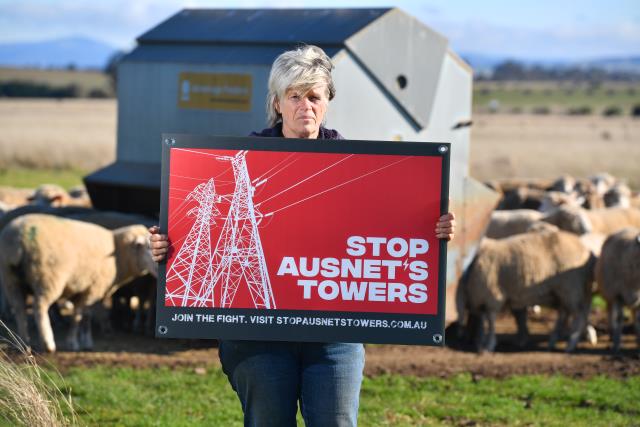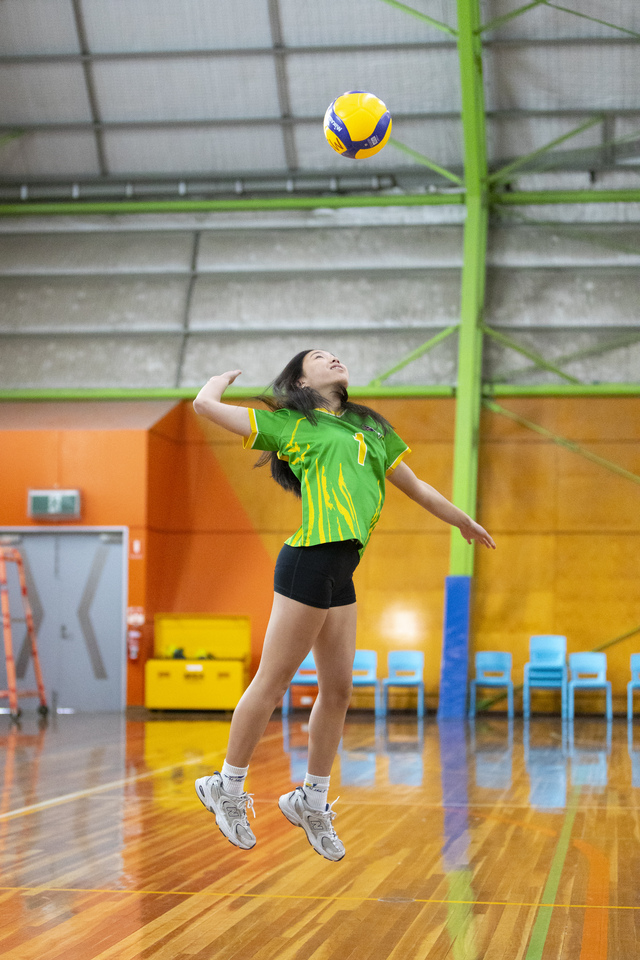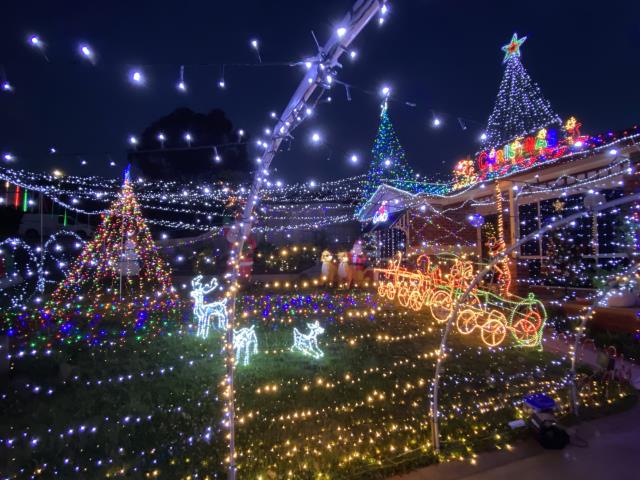Storms which wreaked havoc on Victoria’s electricity grid last week have led to renewed calls from community groups to reconsider the proposed path of the Western Renewables Link (WRL).
When wild weather ripped through the state on February 13, hundreds of power poles and power lines were knocked down, including six 70 metre-tall high-voltage transmission lines near Anakie, which tripped the Moorabool to Sydenham 500 kv transmission lines.
More than half-a-million Victorians were left without power, including thousands in Melton and Moorabool.
The incident has lead to renewed calls for the proposed path of the WRL – a 190 km overhead high-voltage electricity transmission line and accompanying 80 metre-tall transmission towers that would carry renewable energy from Bulgana in western Victoria, through Moorabool and Melton to Sydenham – to be changed.
Plumpton resident Barbara Ford, who has participated in a range of community protests against the towers, said the extreme weather event is an example of why the government should consider undergrounding the WRL.
“The high voltage transmission tower collapse at Anakie happened in open broad acre paddocks. This is not the first time towers have gone down and it won’t be the last,” she said.
“The majority of the land to be impacted by the transmission line through Melton will not be large open broadacre paddocks. The 500kv overhead transmission line will directly impact MacPherson Park, the Equestrian Park, harness horse training facilities, a thoroughbred breeding property, small rural family lifestyle properties and family homes along with the last few remaining farmers.
“It is also difficult to comprehend why it should be acceptable to build the transmission line in close proximity to our local Melton Airfield, they operate a flying school. The risk of light aircraft impact is probably greater than an extreme weather event.
“We need the government to seriously consider better options and take notice of the groundswell of opposition to overhead transmission.“
Energy Grid Alliance director Darren Edwards agreed that the WRL would be susceptible to extreme weather like the Anakie towers were.
“The incident highlights the vulnerability of overhead transmission lines to extreme weather events. These types of events are rapidly increasing, amplifying the risks. The WRL would be a large-scale, high-voltage overhead line, making it susceptible to similar damage,” he said.
“ WRL and VNI West towers will be built according to the latest engineering standards. While newer, the WRL towers will likely still be lattice towers, which are inherently susceptible to wind damage if forces are applied at critical points.
“While generally more expensive, burying transmission lines underground offers the highest level of protection from extreme weather events. A comprehensive cost-benefit analysis must consider the full economic impact of outages, not just upfront construction costs.
“There are too many valid concerns surrounding the WRL for governments not to take action and reconsider the future of Victoria’s electricity grid.”
Ausnet and Environment Minister Lily D’Ambrosio were contacted for comment.







